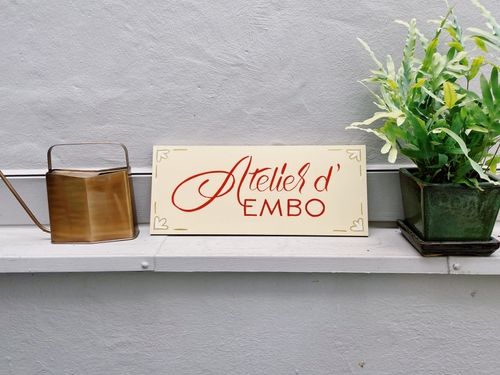For a long time, digital work meant analog work (pen/brush to paper), high-quality scanning, and photoshop cleanup/editing. Then there was the Wacom tablet era, where your hand worked on one surface, but the artwork appeared on another (a confusing and disruptive disconnect in the creative process). A few years back Procreate came on the scene and changed everything. Today, at least one phase of my digital and illustrative work can be found on Procreate, where I’m able to work with realistic digital brushes, work ridiculously quickly, and easily manipulate, edit, and even animate with clean layers. See examples below of miscellaneous work either done entirely digitally, or using these digital tools in the analog process.



I painted the core artwork of these greeting cards in gouache, scanned them in high resolution, and then cleaned up on photoshop (smoothing out color opacity, etc). Next, I overlaid custom lettering via Procreate. While real paint as a base is more time consuming and delicate, it has a uniquely authentic feel you can only get with a real brush.


I met this lovely couple by chance on vacation, and was surprised and delighted when the bride reached out years later commissioning artwork for their wedding.
The primary benefit of digital painting is your ability to edit and adjust to the layer. For example with this artwork, we removed the background and ‘cut out’ heads for miscellaneous use, both printed and digital.



Another example of wedding artwork where we pulled out layers. The bride here asked for a more casual pencil-drawn aesthetic.

Here is another great example of how digital illustrations allow you to recycle and rework pieces in an outstanding way. This is especially helpful when rescheduling a wedding during a pandemic.






A sampling of artwork for custom wedding beer cans via Eliqs. It’s always fun to mix textural lettering on top of imagery when an option.




And of course there’s also starting off with digital sketches and then painting or building in analog. A great example of this is sign painting — usually sketches are quickly designed digitally, but the texture and hand-made feel of the finished product feels so satisfying.




All of this is just to say that it’s important (at least, to me) to master your craft both digitally and physically. Feeling comfortable and confident working any which way empowers you to adjust your approach based on the specific project at hand.